
Looking at the universe of Star Trek through the lens of Black Excellence, you will see heroes like Burnham, Uhura, La Forge, and Sisko. These fictional Black characters embody the spirit of real heroes and scientific pioneers like the WWII fighter pilots the Tuskegee Airmen or Challenger astronaut Ronald McNair, pushing the boundaries of exploration and science, defending the Federation’s way of life and keeping the vision of the Federation and Starfleet alive throughout the centuries.
In today’s world it matters that we see Black characters on our screens, Black characters that show us in the future. To paraphrase Benny Russell: “We exist!” For Black History Month, this list expands the spotlight, moving from the primary characters we find in the credits and showcasing other Black characters who have influenced or shaped the core of the Federation and Starfleet.
Gabriel Bell


Gabriel Bell (John Lendale Bennett, Avery Brooks) was a human resident of Sanctuary District-A in San Francisco on Earth, in the 21st century. He was a key figure in what came to be known as “the Bell Riots” during 2024. His role was so important to the future of the Federation that the erasure of his sacrifice also erased the Federation from the timeline.
During the riots, Bell was one of the residents who held several hostages in the District’s Processing Center and died protecting them from harm. Sisko would say that Bell’s sacrifice and Riots were “one of the watershed events of the 21st century” and led to the closure of the Sanctuary Districts across the United States of America.
This demand for equity and inclusion caused America to rethink its policies and begin laying the foundation for what would eventually become the Federation. And because it wouldn’t be Star Trek without a twist, Sisko is forced to take Bell’s place in history when the real Bell is killed before the uprising, to return the timeline to its original form, mostly. (Star Trek: Deep Space 9 – “Past Tense, Parts I and II”)
Lily Sloane
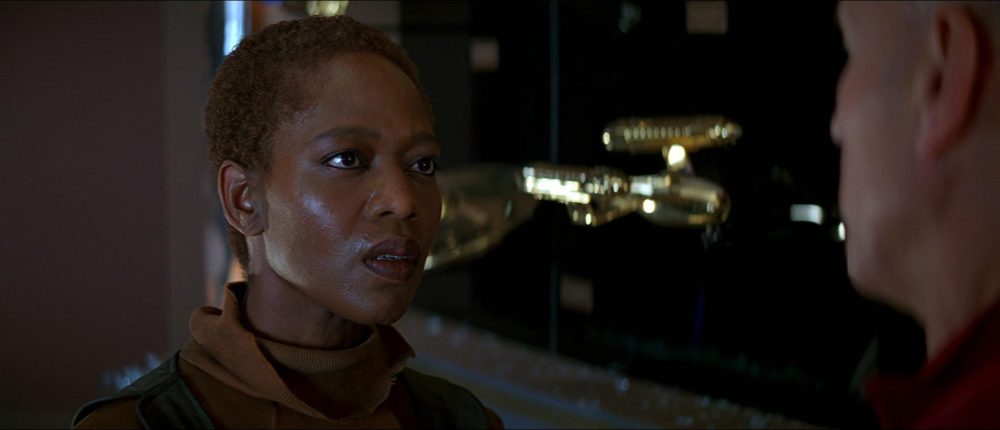

Lily Sloane (Alfre Woodard) was a human partner of famed warp theorist Zefram Cochrane. From a repurposed missile silo in Bozeman, Montana, she was integral to helping bring Cochrane’s vision to life in the construction of the Phoenix, taking months to scavenge the materials needed to make the cockpit for Earth’s first warp-capable starship. In addition, she survived the time-traveling Borg attack, the valiant defense of Earth from the crew of the Enterprise-E, and was pivotal in getting Captain Picard to move past his demons. Lastly, she witnessed the First Contact between humans and Vulcans.
Even in other realities, she is an influential person developing quantum reality drive instead of helping Cochrane develop the warp drive, and traveling the multiverse, exploring strange new realities. (Star Trek: First Contact, Star Trek: Lower Decks – “Fissure Quest” & “The New Next Generation”)
John Mark Kelly
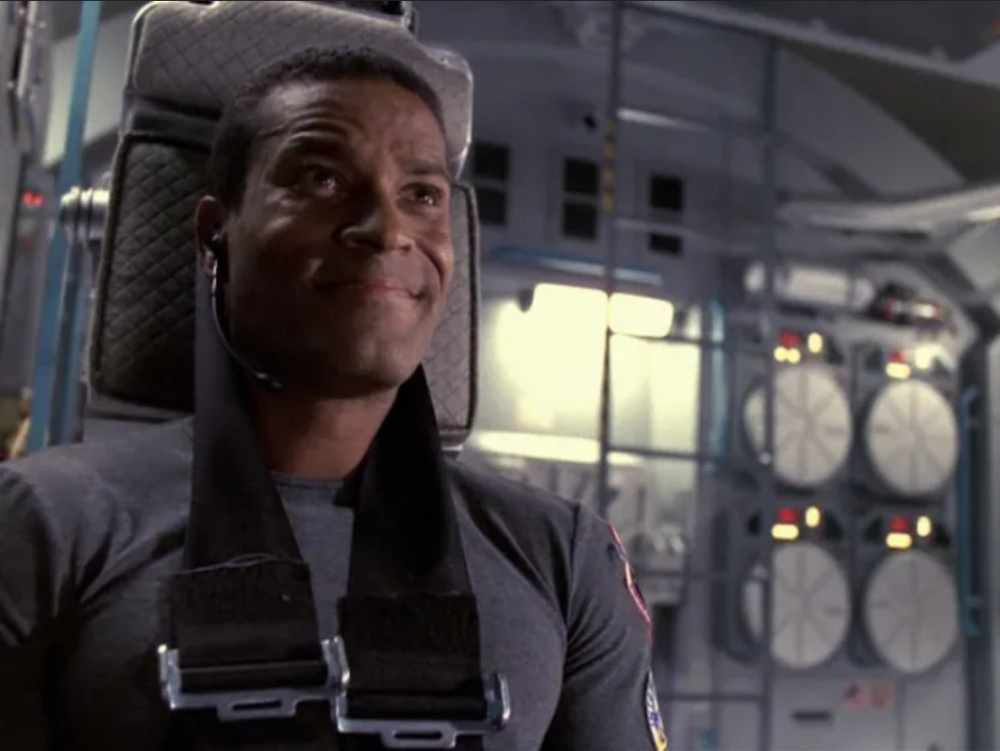

John Mark Kelly (Phil Morris) was an astronaut of the 21st century. In 2032, he was the commander of the Ares IV mission to Mars. He disappeared on October 19, along with the command module in which he was orbiting the planet, while the other two crewmembers were on the planet’s surface.
Lost in deep space, Kelly would survive alone for 10 days before succumbing to hypothermia. Centuries later the USS Voyager would discover the command module, and Kelly’s body, inside the graviton ellipse in the Delta Quadrant in 2376.
The crew would honor him with a proper funeral and the Federation would mark his sacrifice and pioneering spirit by naming the Federation starship USS John Kelly. As of 2401, the John Kelly was still in service. (Star Trek: Voyager – “One Small Step”, Star Trek: Picard – “Vox”)
Emory Erickson
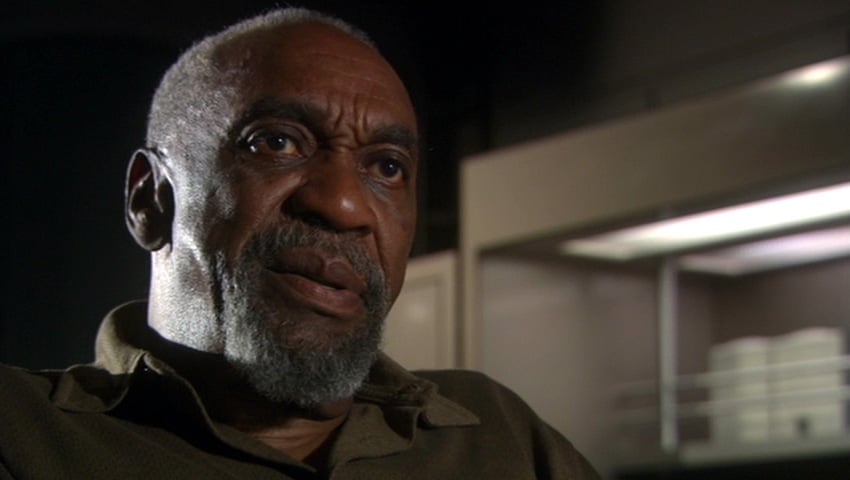

When you think about Starfleet technology, you immediately think of warp drives, phasers, and transporters. Considered the “Father of the Transporter” Emory Erickson (Bill Cobbs) was a pivotal scientist for the growth of the Federation. Invented by Erickson in 2124, it wouldn’t be until 2152 that Starfleet would use it for more than non-organic transport making the transporter the 4th most important tactical technology used by the Federation moving personnel instantaneously from point to point, recovering wounded or trapped beings.
In addition, transporter technology is the foundation for the replicator systems aboard starships. This essential technology for space exploration allowed starships to travel further out into space without dependency on food stores and limited food synthesizers to sustain a crew. Plus it had the additional benefit of giving starship crews a greater assortment of foods. And later on, this technology would be incorporated into the Holodeck systems. (Star Trek: Enterprise – “Daedalus”)
Richard Daystrom
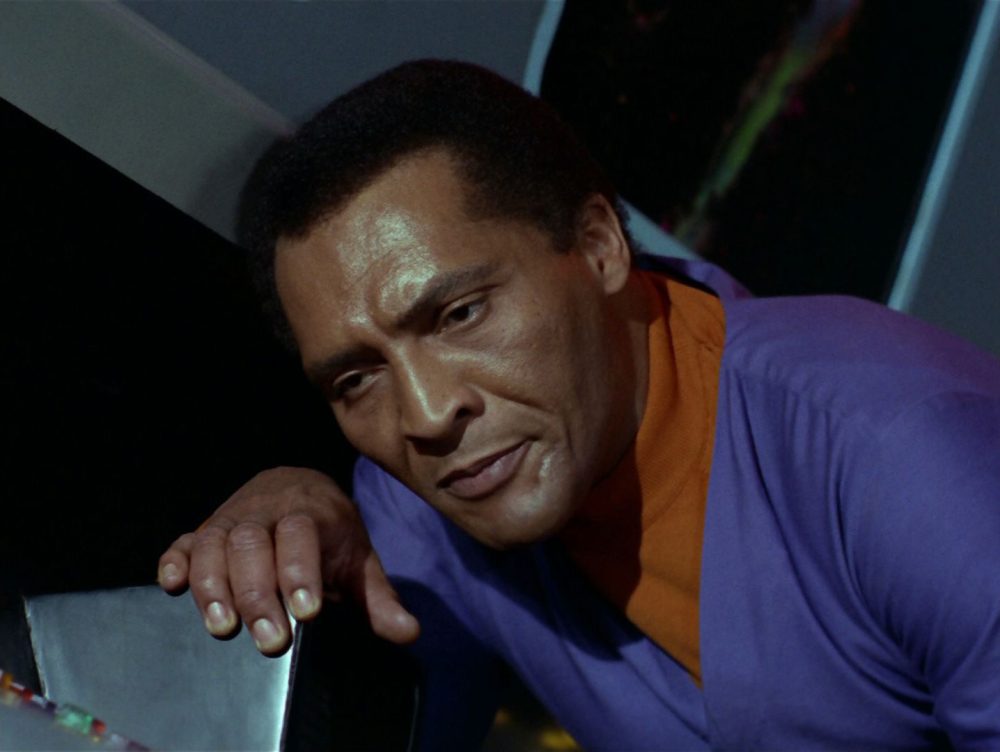

Daystrom (William Marshall) winner of the Nobel and Zee-Magnees Prizes for inventing the Comptronic and Duotronic computer systems that are critical components for all Starfleet ships for the better part of the 23rd century. Much later this tech would be replaced with Isolinear technology, but most of the innovations of the day were based on or improvements of Daystrom’s work.
The importance of Daystrom’s technological legacy continues to be recognized by the Federation, generations later it is his name that stands atop its most renowned facility for scientific research and development, becoming a place to push the boundaries of science. In addition to the Daystrom Institute, they would honor him by naming the prestigious Daystrom Award for Science after him. (Star Trek: The Original Series – “The Ultimate Computer”)
Robert April
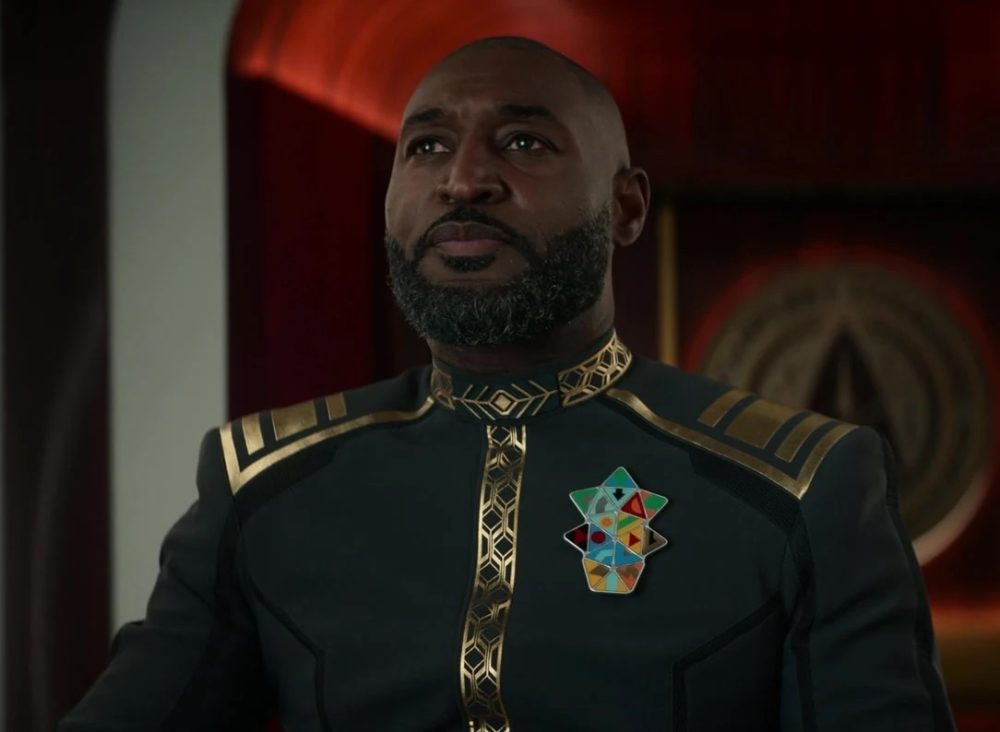

The first captain of the legendary Constitution-class USS Enterprise, Robert April (Adrian Holmes) was a prominent 23rd-century Starfleet officer. As captain of the Enterprise, he would be influential in the careers of Starfleet legends Christopher Pike and Una Chin-Riley. His command style of choosing to preserve life over the Prime Directive, and use of captain’s discretion would leave its mark on Pike and his choices as a captain.
With a promotion to fleet admiral, April’s command of the Enterprise ended in 2250 where he turned command over to his first officer Pike. As a fleet admiral, April’s diplomatic skills would grow to the point where he would become a respected Federation Ambassador-at-Large. April’s time in Starfleet has made him one of the most decorated captains in the fleet’s history. (Star Trek: Strange New Worlds)
Tryla Scott
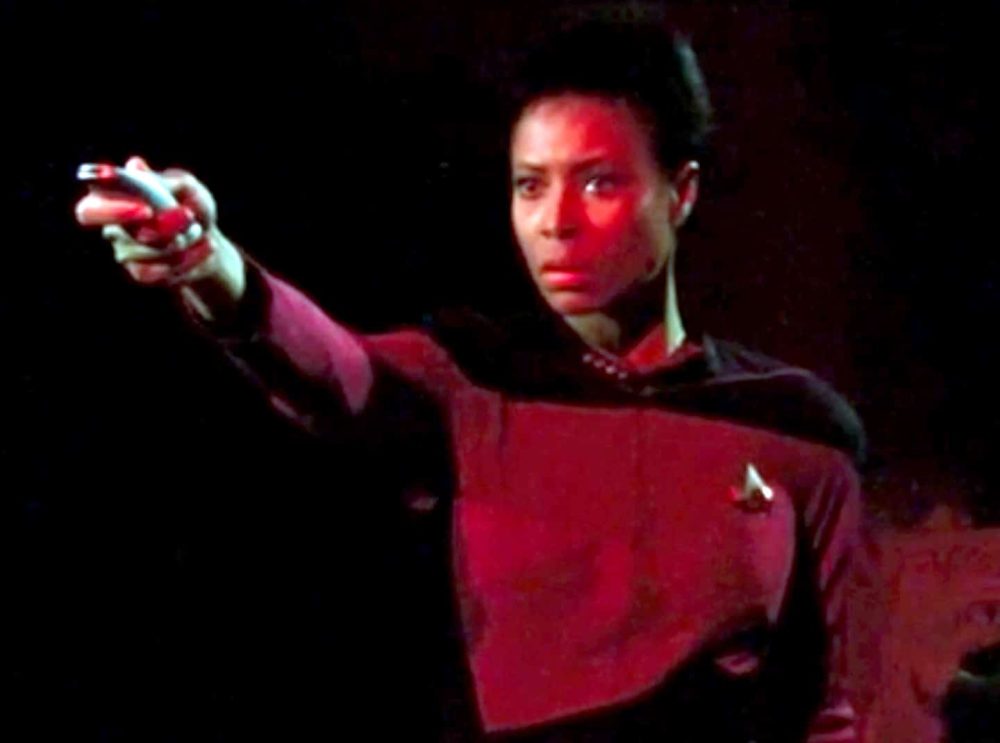

Tryla Scott (Ursaline Bryant) is the youngest person in Starfleet history to reach the rank of Captain. This accomplishment is amazing when compared to Starfleet giants like Kirk and Picard who both became Captains in their early-mid twenties through battlefield promotions, which showcases how much of a prodigy she is as Starfleet has a history of wanting commanders with years of experience. In my head, I see her with a parent very much like Scandal’s Papa Pope telling her “You have to be…twice as good as them to get half of what they have.” (Star Trek: The Next Generation – “Conspiracy”)
Honorable Mention
Lt. Shea
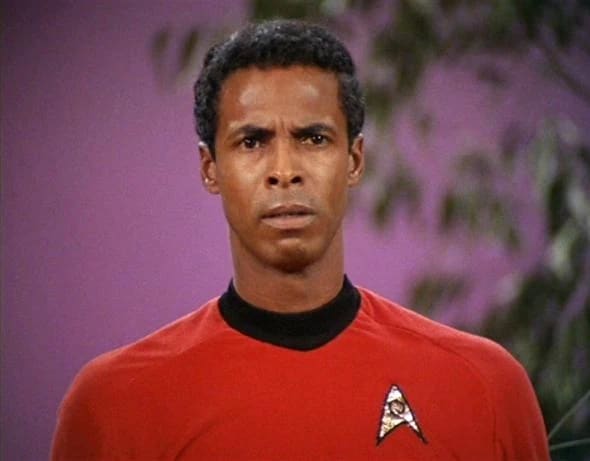

Lt. Shea (Carl Byrd) served under the command of Captain James T. Kirk, Lt. Shea was part of the USS Enterprise landing party that was captured on an unnamed planet when an invading force from the Andromeda galaxy, the Kelvan Milky Way Expedition, attempted to commandeer the Enterprise. After being captured, the Kelvans demonstrate their power over Captain Kirk and crew as they take Lt. Shea and Yeoman Leslie Thompson and reduce them into dehydrated porous cuboctahedron solids.
To further the demonstration, one of the two cubes is crushed by hand while the other is rehydrated to reveal that Shea had survived. He beat the astronomical odds of being a Black man, in a red shirt on a landing party with Kirk and lived to tell the tale. And if that isn’t the epitome of excellence I don’t know what is. (Star Trek: The Original Series – “By Any Other Name”)
For other Black characters from the Star Trek universe check out last year’s four part series Women of Star Trek.
Keep up with all of The Beat’s Star Trek coverage here.


Source link




